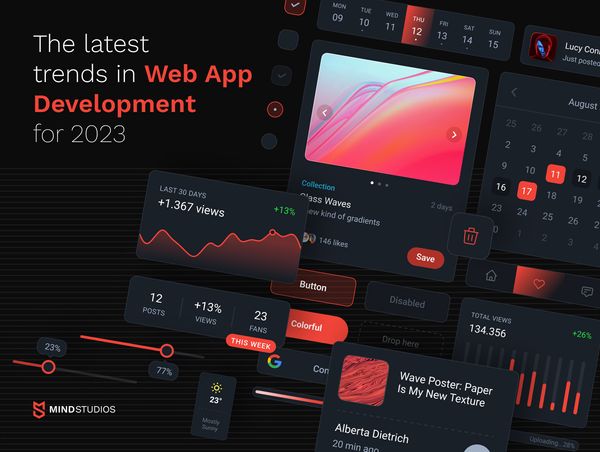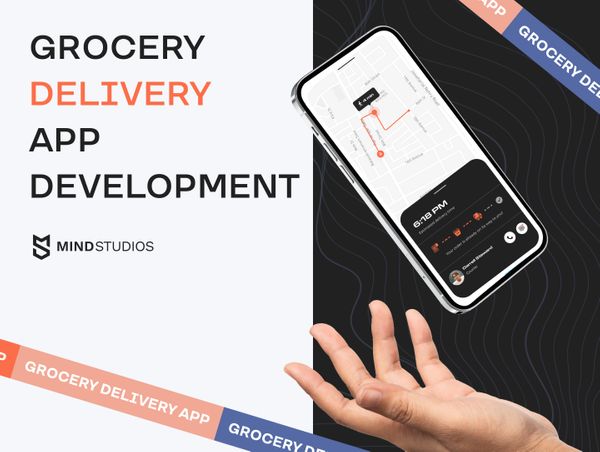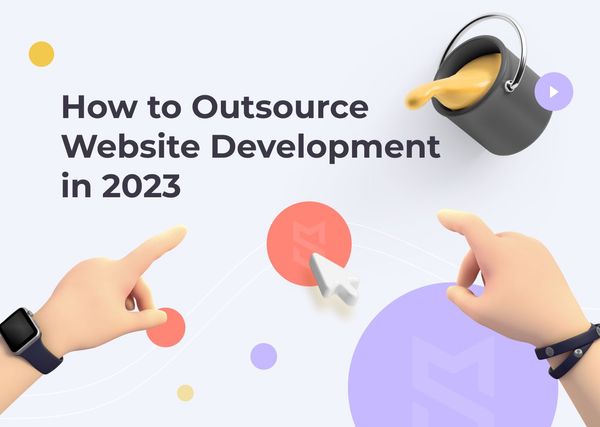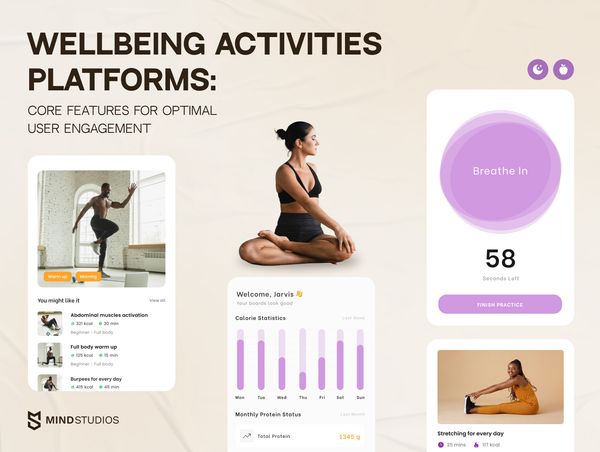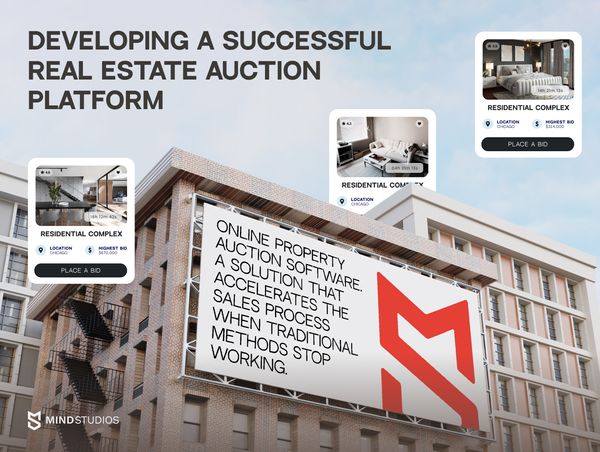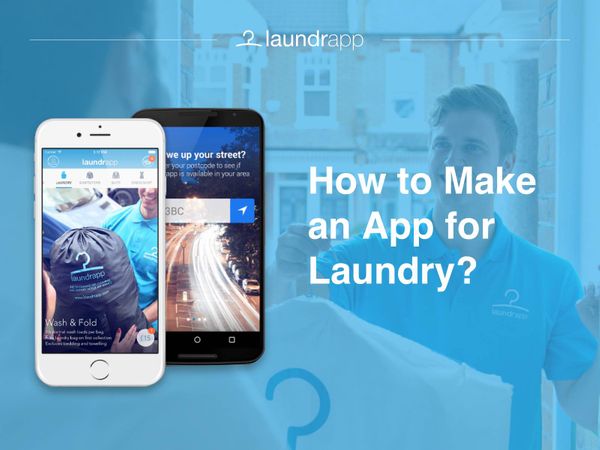
Let’s face it that the on-demand services now, are literally everywhere, changing each aspect of our everyday life. Even, surprisingly enough, the sphere of chores. The question of making a laundry app and also the cost to develop a laundry app are the ones we raise here.
Our daily routines used to involve loads of time spent on housework: cooking, cleaning, doing your laundry. Though, a decade ago, when the pace of life has increased significantly, the question of chores’ delegation rose. The cooking problem was resolved by on-demand food delivery services like Postmates and UberEats, and the cleaning could be delegated to Get Maid - an Uber-for-cleaning service, purposed to take the hassle of finding a professional cleaner for your apartment away. The last one - laundry, is now turning into a rapidly growing market, with the apps like Washio and Laundrapp - the so-called on demand dry cleaning apps appearing on the stage.
Uber for Laundry and Dry Cleaning.
This is a lazy way of calling the Laundrapp since it first launched on the 1st of April, 2014. After the uprising Uber’s popularity, the LAundrapp team, which included founder Edward Relf and a serial entrepreneur - chairman Dominic Perks, conducted several-month-long research to prove the on-demand laundry service would be a good fit for a that year’s market. At very first launched in the single city of London, Laundrapp has now pushed the number of cities it offers services to over the number of 100. More to this, the British startup is already negotiating license opportunities with over 60 countries, including Mexico, Turkey, China, Germany, US, France and many more.
[Source: Sillicon magazine]
This is not the only achievement on-demand laundry business has gotten over the 3 years of rapid development. The whole Laundrapp went through the 2 main investment rounds, where each time, with the help of angel investors from the UK, Edward and Dominic have closed two rounds of seed investment, each worth £1.5 million, and planned to receive even more.
[Source: startups.co.uk]
Although the official Laundrapp financial records on CompanyCheck show that the company’s budget is only growing loads:

There are as well certain indicators proving that Laundrapp has its sights on success. For instance, Laundrapp:
- Has already exposed its services to Australia and New Zealand.
- Intend to appear in 13 more countries before 2017 kicks it.
- Laundrapp on both iOS and Android has been downloaded more than 250 000 times already.
Has raised 5 million in funding.
So the question of importance is - what’s the secret ingredient that stands behind the online laundry service's success? There are a few answers helping to shed a light on this question.
Primarily, the sort of services Laundrapp founders chose as a way to go for their app are the ones that will always be required. The dry cleaning algorithm works in a few simple steps:
- You make an order for a laundry service online or via the app;
- The company’s representative comes to collect all of your clothes;
- With the help of cleaning facilities your clothing is cleaned/dry cleaned or ironed, depending on the request;
- Your costumes are delivered back to you, spotless as they were guaranteed to during the next 48 hours. :)
Besides, the appropriate business model is also something helping Laundrapp to survive.
The principle it is built on lies in cooperation with different laundries in the area the app focuses on. Same with on-demand delivery services, the application stands on 4 separate apps, combined and united into one process of laundry app development: the client app, the staff app, the laundry mobile app, and the admin panel. Let’s take a closer look at the operations each of these platforms is responsible for.
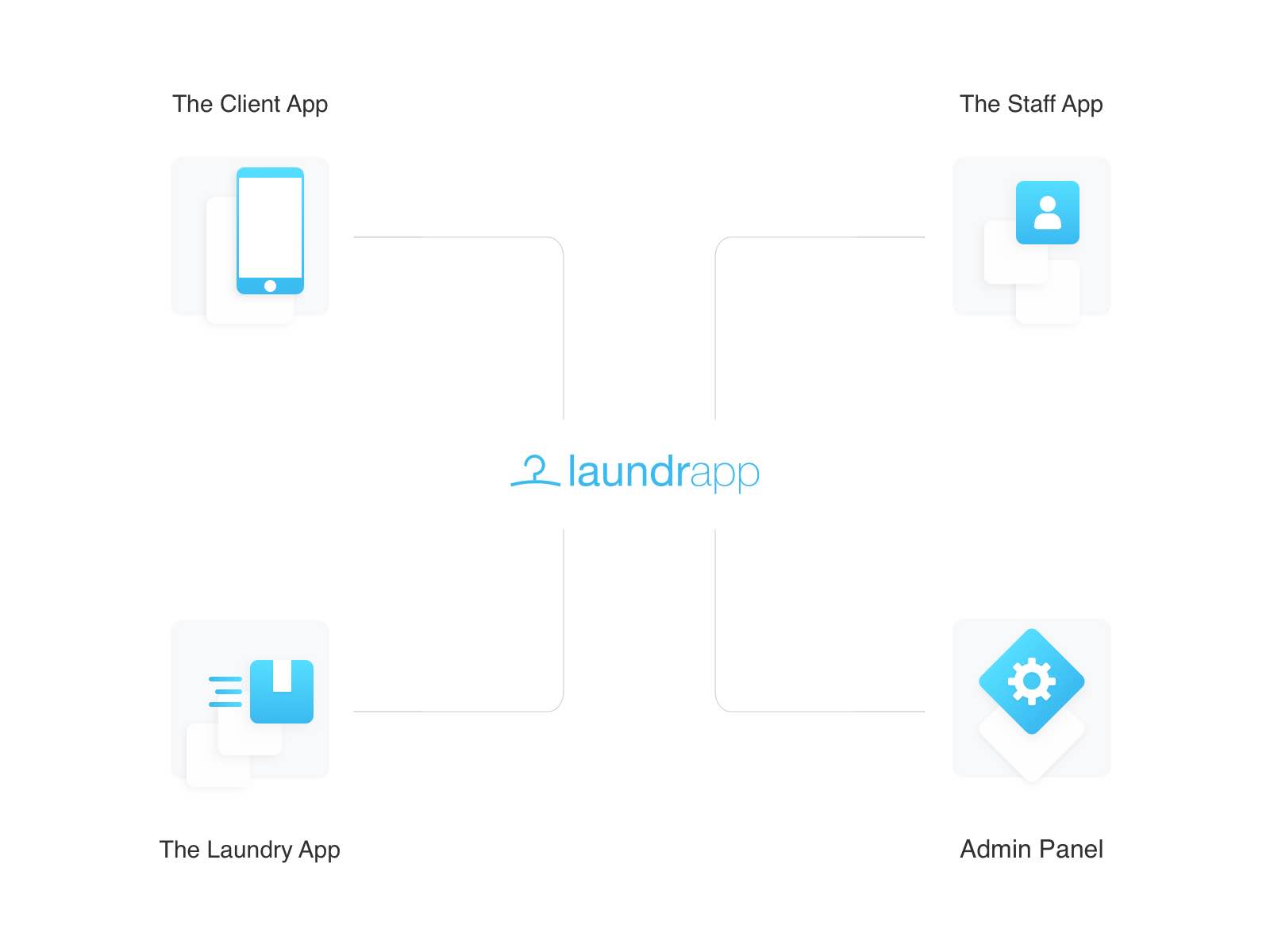
The Client App
Has to include the user profile info first, with full name, phone and address/ index included. Within this app, a user is able to pick clothes they want to have dry-cleaned, within a further filter option (according to the material, type of clothes etc.), as this has a proper influence on the price of the whole order. Next, the system calculates the cost of the service, and lets the user select when their dirty laundry should be collected and delivered back to them, in a form of pristine clothes. Right after that user is transferred to the payment details menu, where they choose the convenient way of payment and enter their card details if necessary. Right after this the staff app comes into play.
The Staff App
The basic order when it hits the staff app must include the following info about the type and subtype of a dress, the clothes quantity, user data and the most preferable collect/delivery times. Then, after the order is confirmed, the navigation system with a map appears - with the points on the map for all the laundry to be collected. After the collection procedure is over, the status of the order changes not only within the staff app but for the user to see as well. Here the Laundry App enters the stage.
The Laundry App
The information this system’s part needs includes order number, dress data and the order status to be delivered. After the clothes are all dry-cleaned and ironed, the laundry mobile app gets back to the staff operations on the delivery screen, where the user has selected the favorable delivery hours beforehand; and then again on the map screen, with the delivery spots this time. Only after all the spotless clothes have been returned to their happy owner, and the order status has finally changed to “delivered”, the payment can finally be made and processed by (hopefully:) satisfied user.
Also, on the other side of the fence there is a massive part of the system, called
The Admin Panel.
As every development team would ensure, this part of the back-end development requires a huge database to be implemented. This database has to contain client data, data management, history of orders (admin and support teams) and some analytics attached at the very least. The further marketing resources with all the info about promos, special offers and other sweet perks should be stored there as well.
Additional values admin panel could possibly store:
- Resolution center (client’s laundry abuse, info, results)
- Laundry (data+history)
- All the essential stats (income, outcome, the unsolved situations with laundries or users)
How much does it cost to make a laundry app?
More often than not, the most interesting aspect of the development of the on-demand laundry app is its price. On average, laundry application development cost involves several stages of the process, pretty similar to the development of the on-demand delivery services like Postmates, including the design, iOS and Android development, and back-end+admin panel engineering. Therefore, when you make an app like uber for laundry, here are some rough estimates given:
- Design for both iOS and Android platforms would take 150 - 200 hours.
- iOS estimates (hours): up from 757
- Android estimates: up from 708
- Back-end development - up from 200 hours
- Admin panel: 60 hours
- PM and QA: 320h
These are the appropriate estimates calculated for an MVP product; however, if you are looking for a more detailed quote - we would love to assist.
Get a free quote
The further calculations show that rates of different companies are “different colors and sizes”, starting at $ 25/h and reaching the point of $ 150/h; though overall the iOS project like Laundrapp would cost $ 33 175 at least - and $ 175 050 at most. Respectively, with Android it would be $ 33 950 minimum, and $ 167 700 maximum.
Dirty Laundry As a Perpetual Business Motion.
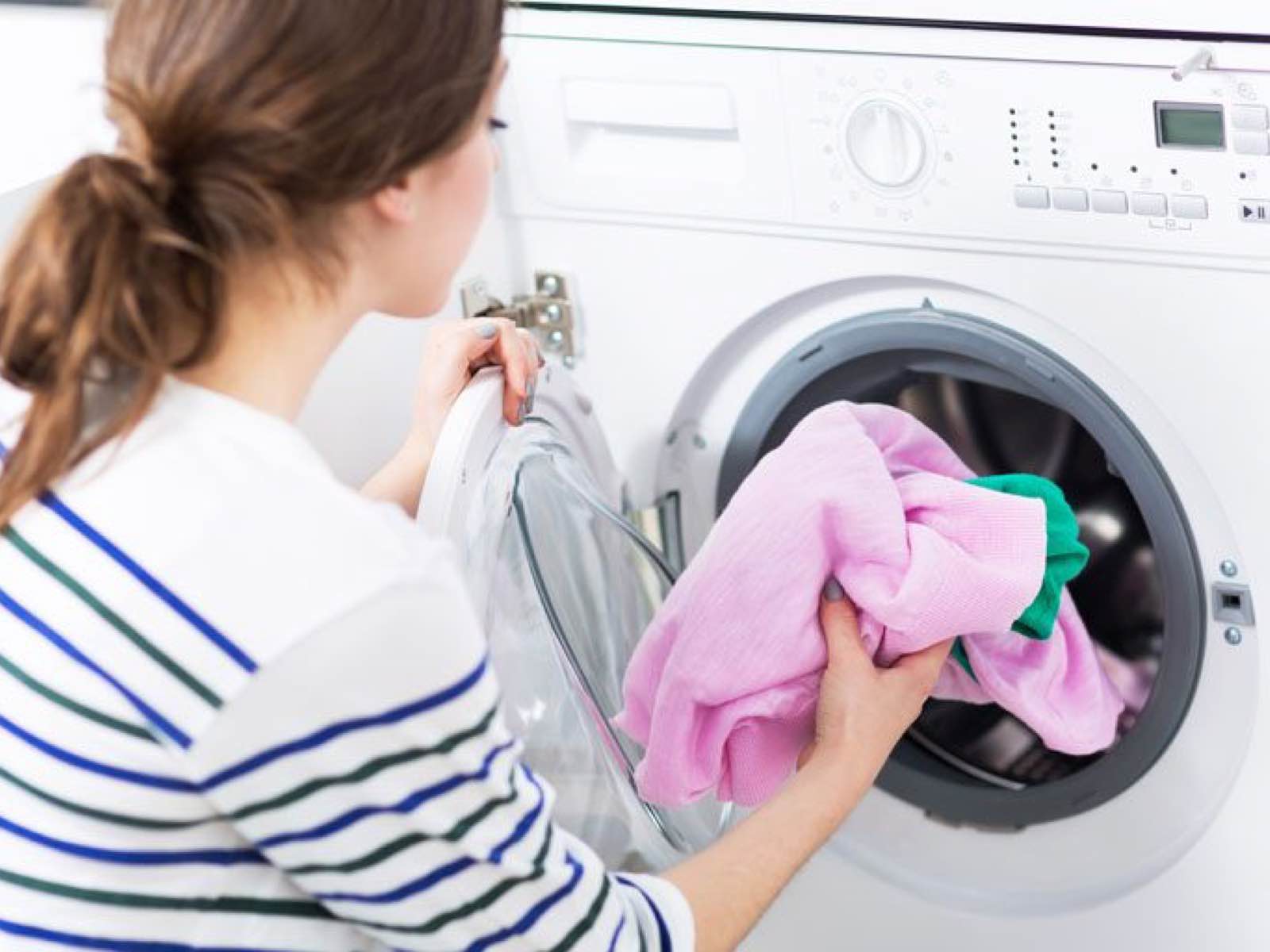
If you live in London or in one of the rest of the UK cities, you might have heard of Laundrapp taking on the world of on-demand services to a new level. The chances are that you come from the other part of the globe, where there is no app like Washio yet, so maybe you are the one who could bring this service to a better, higher quality in your country. There always are things that can be changed, improved and fixed, so what is it that stops you from entering a completely new market?
Written by Dmitry Gurkovskiy and Elina Bessarabova.

